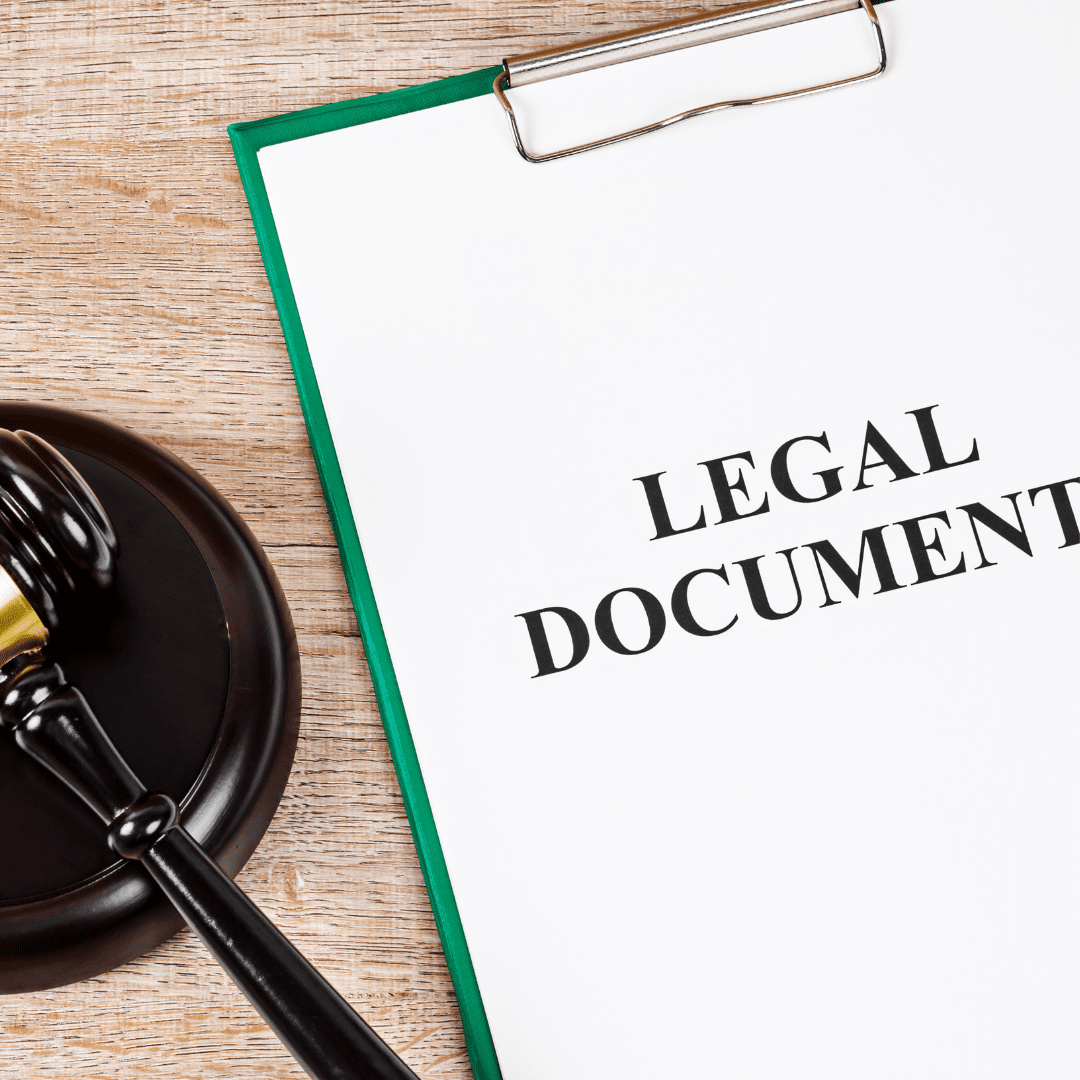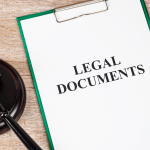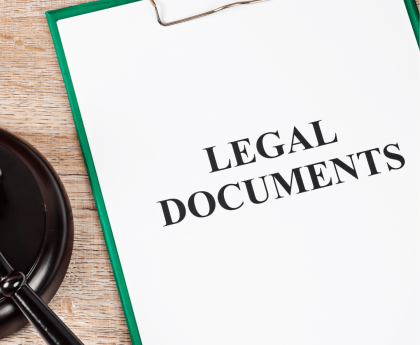-
Navigating Employment Legalities: A Comprehensive Guide to Employment Related Legal Documents
Introduction – Employment Legal Documents
In the dynamic landscape of employment, legal documents serve as the backbone of the relationship between employers and employees. Understanding their importance, components, and implications is vital for both parties involved. This guide aims to shed light on various aspects of employment-related legal documents, from contracts and agreements to recent trends and developments.
Understanding the Importance of Employment Legal Documents
Legal documents in employment establish the framework within which both employers and employees operate. They delineate rights, responsibilities, and expectations, fostering clarity and transparency in the employment relationship. These documents serve as crucial references in case of disputes, providing legal protection to both parties.
Contracts and Agreements
Employment contracts and agreements are foundational documents that formalize the terms of employment. They outline key aspects such as job responsibilities, compensation, benefits, and termination clauses. These documents establish a binding agreement between the employer and employee, ensuring mutual understanding and compliance.
Common Types of Employment Related Legal Documents
1. Employment Contracts
These documents specify the terms and conditions of employment, including roles, responsibilities, compensation, and duration.
2. Non-Disclosure Agreements (NDAs)
NDAs protect sensitive company information by prohibiting employees from disclosing confidential information to third parties.
3. Non-Compete Agreements
Non-compete agreements restrict employees from working for competitors or starting similar ventures after leaving the company, safeguarding the employer’s interests.
4. Employee Handbooks
Employee handbooks provide comprehensive guidance on company policies, procedures, and expectations, serving as a reference for employees.
5. Offer Letters
Offer letters formally extend a job offer to a candidate, outlining key details such as salary, start date, and any conditions of employment.
Key Components of Employment Contracts in
1. Parties Involved
Clearly identify the employer and employee involved in the contract.
2. Job Description and Responsibilities
Define the roles, responsibilities, and expectations associated with the position.
3. Compensation and Benefits
Specify salary, bonuses, benefits, and any other forms of compensation offered.
4. Termination Clauses
Outline conditions and procedures for terminating the employment relationship, including notice periods and grounds for termination.
Legal Considerations for Employers – Employment Legal Documents
1. Compliance with Labor Laws
Ensure that employment documents adhere to relevant labor laws and regulations to avoid legal repercussions.
2. Protection of Intellectual Property
Implement measures to safeguard company intellectual property through confidentiality and non-disclosure agreements.
3. Confidentiality and Non-Disclosure
Safeguard sensitive information by implementing robust confidentiality and non-disclosure agreements.
Legal Considerations for Employees – Employment Legal Documents
1. Understanding Rights and Obligations
Employees should thoroughly review employment documents to understand their rights, obligations, and entitlements.
2. Seeking Legal Advice
In case of ambiguity or concerns, employees should seek legal advice to ensure they fully understand the implications of the documents they are signing.
Drafting and Reviewing Employment Legal Documents
1. Importance of Clarity and Precision
Employment documents should be drafted with clarity and precision to avoid ambiguity and misinterpretation.
2. Consulting Legal Experts
Employers and employees alike should consider seeking legal expertise when drafting or reviewing employment documents to ensure compliance and protection of interests.
Enforcement and Dispute Resolution – Employment Legal Documents
1. Breach of Contract
In case of breach of employment contract terms, parties may pursue legal recourse through litigation or alternative dispute resolution methods.
2. Mediation and Arbitration
Mediation and arbitration offer alternative dispute resolution mechanisms, providing a more expedient and cost-effective means of resolving conflicts compared to traditional litigation.
3. Litigation
In cases where informal resolution methods fail, parties may resort to litigation, seeking resolution through the court system.
Recent Trends and Developments – Employment Legal Documents
1. Remote Work Policies
With the proliferation of remote work arrangements, employers are adapting policies and agreements to address remote work-related considerations such as cybersecurity, productivity monitoring, and work hours.
2. Diversity and Inclusion Initiatives
Employers are increasingly prioritizing diversity and inclusion initiatives, reflected in employment documents through non-discrimination policies and inclusive language.
FAQs
1. What should be included in an employment contract?
An employment contract should include key details such as job responsibilities, compensation, benefits, and termination clauses, among others.
2. Can an employer change the terms of employment documents?
Changes to employment documents typically require mutual agreement between the employer and employee, unless specified otherwise in the contract or permitted by law.
3. Is it necessary to have a lawyer review employment documents?
While not always mandatory, seeking legal advice can provide valuable insights and ensure that employment documents are legally sound and fair to all parties involved.
4. What are the consequences of not having proper employment documentation?
Without proper documentation, both employers and employees may face legal challenges, disputes, and uncertainties regarding rights, obligations, and expectations.
5. How often should employment documents be updated?
Employment documents should be regularly reviewed and updated to reflect changes in laws, regulations, company policies, and employment practices
Certainly! Continuing from where we left off:
Regular updates to employment documents ensure that they remain current and compliant with evolving legal requirements and organizational policies. By staying abreast of changes in the legal and business landscape, employers can mitigate risks and maintain a positive employer-employee relationship.
Strategies for Effective Document Management -Employment Legal Documents
1. Document Organization
Employers should establish systematic methods for organizing and storing employment documents. This includes creating digital backups and maintaining physical copies in secure locations.
2. Version Control
Implementing version control measures helps track revisions and updates to employment documents. By maintaining a clear record of changes, employers can ensure accuracy and consistency across all documentation.
3. Accessibility
Employees should have access to relevant employment documents throughout their tenure with the company. Providing easy access to policies, procedures, and contracts promotes transparency and empowers employees to understand their rights and obligations.
Leveraging Technology – Employment Legal Documents
1. Document Management Software
Investing in document management software streamlines the creation, storage, and retrieval of employment documents. These platforms offer features such as automated workflows, digital signatures, and secure file sharing capabilities.
2. Electronic Signature Solutions
Electronic signature solutions facilitate the signing of employment documents remotely, eliminating the need for physical paperwork and expediting the onboarding process for new hires.
Continuous Education and Training – Employment Legal Documents
1. Employee Training Programs
Employers should offer regular training sessions to educate employees on the importance of employment documents and their implications. Training programs can cover topics such as confidentiality, data privacy, and compliance with company policies.
2. Legal Updates
Keeping abreast of changes in employment law ensures that employers remain compliant with regulations governing employment practices. Employers should stay informed about legal developments and proactively update their employment documents accordingly.
Conclusion
Effectively managing employment-related legal documents is essential for maintaining a harmonious and legally compliant workplace environment. By prioritizing organization, leveraging technology, and investing in employee education, employers can navigate the complexities of employment law with confidence and ensure that their documentation reflects best practices and regulatory requirements.
Author Note: This article is authored by Noor Siddiqui from etaxdial.com. The purpose of this article is to enhance the understanding of legal documents among both employees and employers. It emphasizes the importance of awareness and comprehension of these documents for both parties involved. Understanding the gravity of these documents is crucial for maintaining a harmonious and legally compliant workplace environment.




